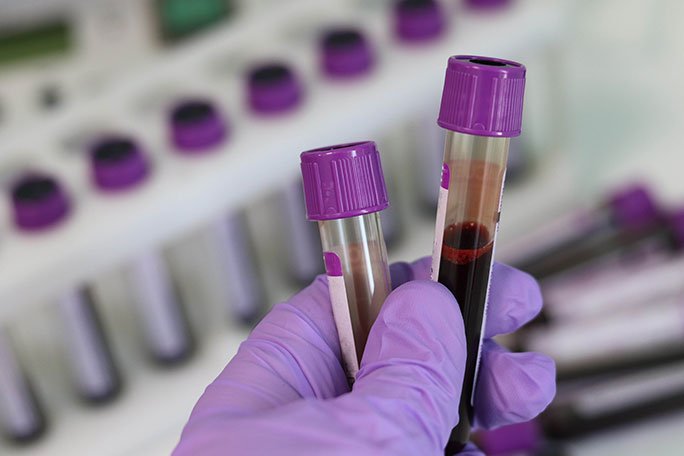Challenges and Solutions in Sustainable Medical Equipment Disposal in US Hospitals
Summary
- Hospitals in the United States face challenges in disposing of medical equipment in a sustainable manner.
- Reusing and recycling medical equipment can help hospitals reduce waste and minimize their environmental impact.
- Implementing Proper Disposal practices can also save hospitals money in the long run.
Medical equipment disposal in hospitals is a significant challenge in the United States. With the constant evolution of technology and equipment in the healthcare industry, hospitals are faced with the task of properly disposing of outdated or no longer needed medical equipment in a sustainable manner. Improper disposal methods can have negative consequences for the environment and can also be costly for hospitals.
Environmental Impact of Improper Disposal
When medical equipment is not disposed of properly, it can have a detrimental impact on the environment. Many medical devices contain hazardous materials such as mercury, lead, and cadmium, which can leach into the soil and water if not disposed of correctly. These toxic substances can cause pollution and harm to wildlife and ecosystems. Additionally, the improper disposal of medical equipment can contribute to the growing problem of electronic waste, which is a significant environmental concern.
Financial Implications of Improper Disposal
In addition to the environmental impact, improper disposal of medical equipment can also have financial implications for hospitals. Healthcare facilities that do not have Proper Disposal practices in place may incur fines for violating Regulations regarding the disposal of medical waste. Additionally, the cost of disposing of medical equipment in a landfill or through other improper methods can be expensive. Implementing sustainable disposal practices can help hospitals save money in the long run.
Reusing Medical Equipment
One sustainable option for hospitals to consider when disposing of medical equipment is to reuse items whenever possible. Many medical devices can be refurbished and used again, either within the same facility or by donating to other healthcare organizations in need. By extending the life of medical equipment through reuse, hospitals can reduce their environmental impact and save money by avoiding the cost of purchasing new equipment.
Recycling Medical Equipment
Another sustainable option for medical equipment disposal is recycling. Many components of medical devices, such as metal, plastic, and electronic parts, can be recycled and repurposed into new products. Hospitals can work with recycling companies that specialize in medical equipment to ensure that items are properly disassembled and recycled. Recycling medical equipment helps to conserve resources and reduce the amount of waste that ends up in landfills.
Donating Medical Equipment
Hospitals can also choose to donate medical equipment that is no longer needed to organizations or facilities that can make use of it. Donating equipment not only helps those in need but also prevents items from being discarded unnecessarily. Many nonprofit organizations accept donations of medical equipment and distribute them to healthcare facilities in underserved communities both domestically and internationally.
Implementing Proper Disposal Practices
- Developing a medical equipment disposal plan that outlines proper procedures for disposing of equipment in a sustainable manner.
- Training staff on the importance of Proper Disposal practices and providing guidance on how to identify items that can be reused, recycled, or donated.
- Partnering with certified recycling companies or organizations that specialize in medical equipment disposal to ensure items are handled in an environmentally safe manner.
Proper Disposal of medical equipment in hospitals is crucial for reducing waste, minimizing environmental impact, and saving money. By implementing sustainable options such as reusing, recycling, and donating medical equipment, healthcare facilities in the United States can work towards a more environmentally friendly and cost-effective approach to equipment disposal.

Disclaimer: The content provided on this blog is for informational purposes only, reflecting the personal opinions and insights of the author(s) on the topics. The information provided should not be used for diagnosing or treating a health problem or disease, and those seeking personal medical advice should consult with a licensed physician. Always seek the advice of your doctor or other qualified health provider regarding a medical condition. Never disregard professional medical advice or delay in seeking it because of something you have read on this website. If you think you may have a medical emergency, call 911 or go to the nearest emergency room immediately. No physician-patient relationship is created by this web site or its use. No contributors to this web site make any representations, express or implied, with respect to the information provided herein or to its use. While we strive to share accurate and up-to-date information, we cannot guarantee the completeness, reliability, or accuracy of the content. The blog may also include links to external websites and resources for the convenience of our readers. Please note that linking to other sites does not imply endorsement of their content, practices, or services by us. Readers should use their discretion and judgment while exploring any external links and resources mentioned on this blog.
